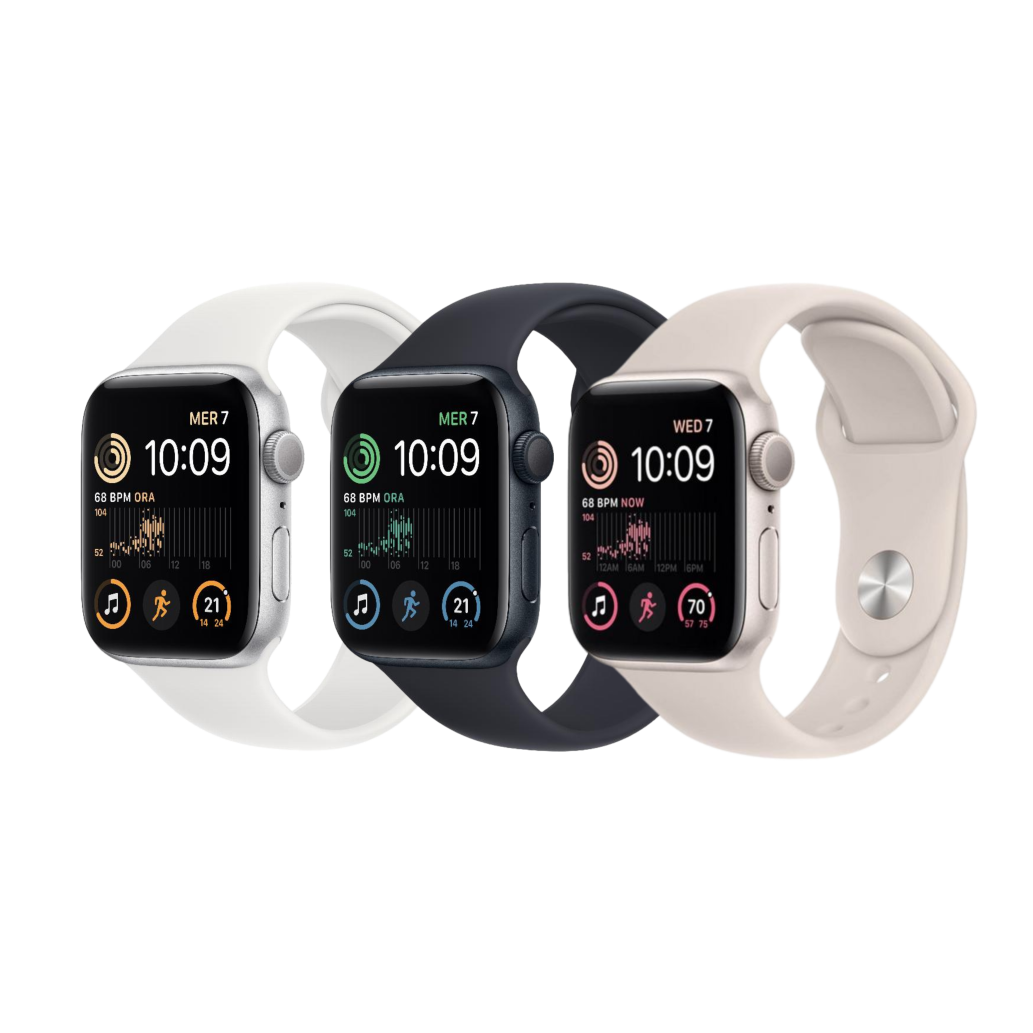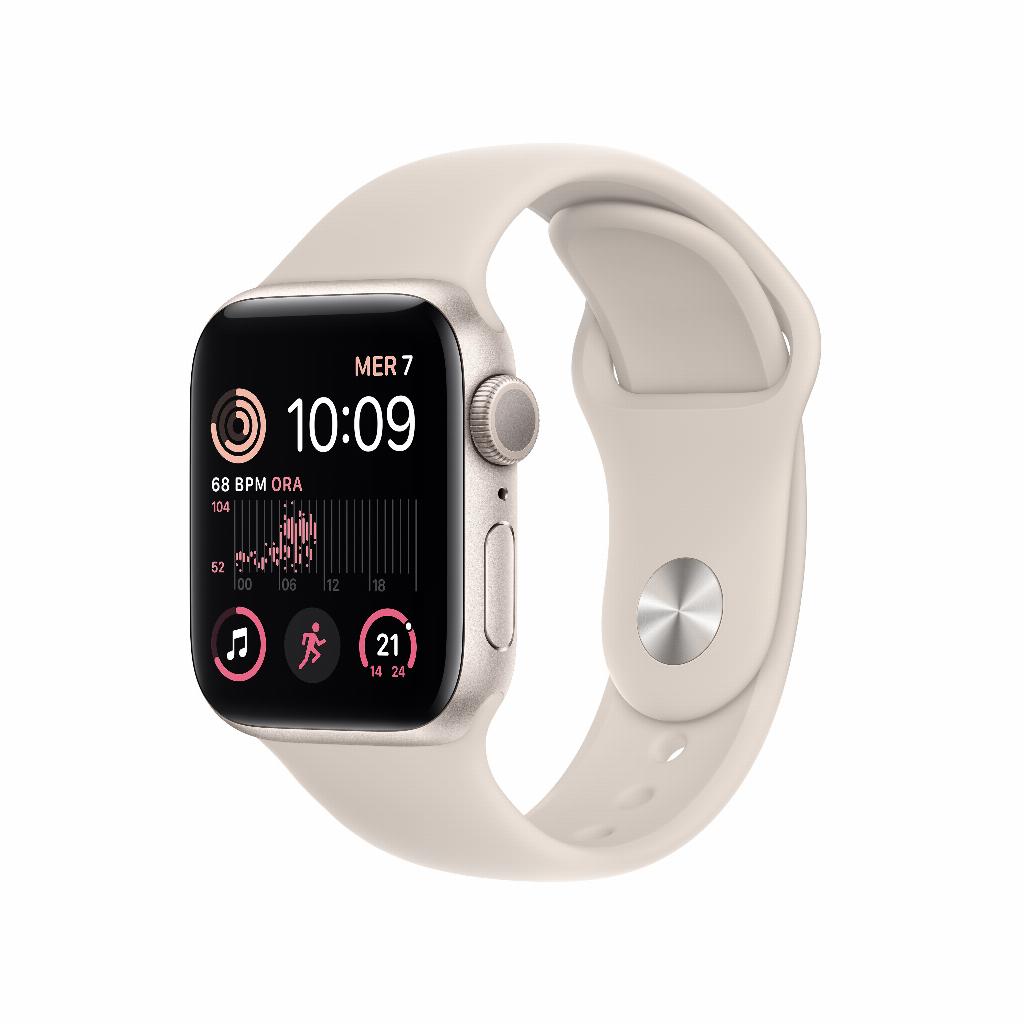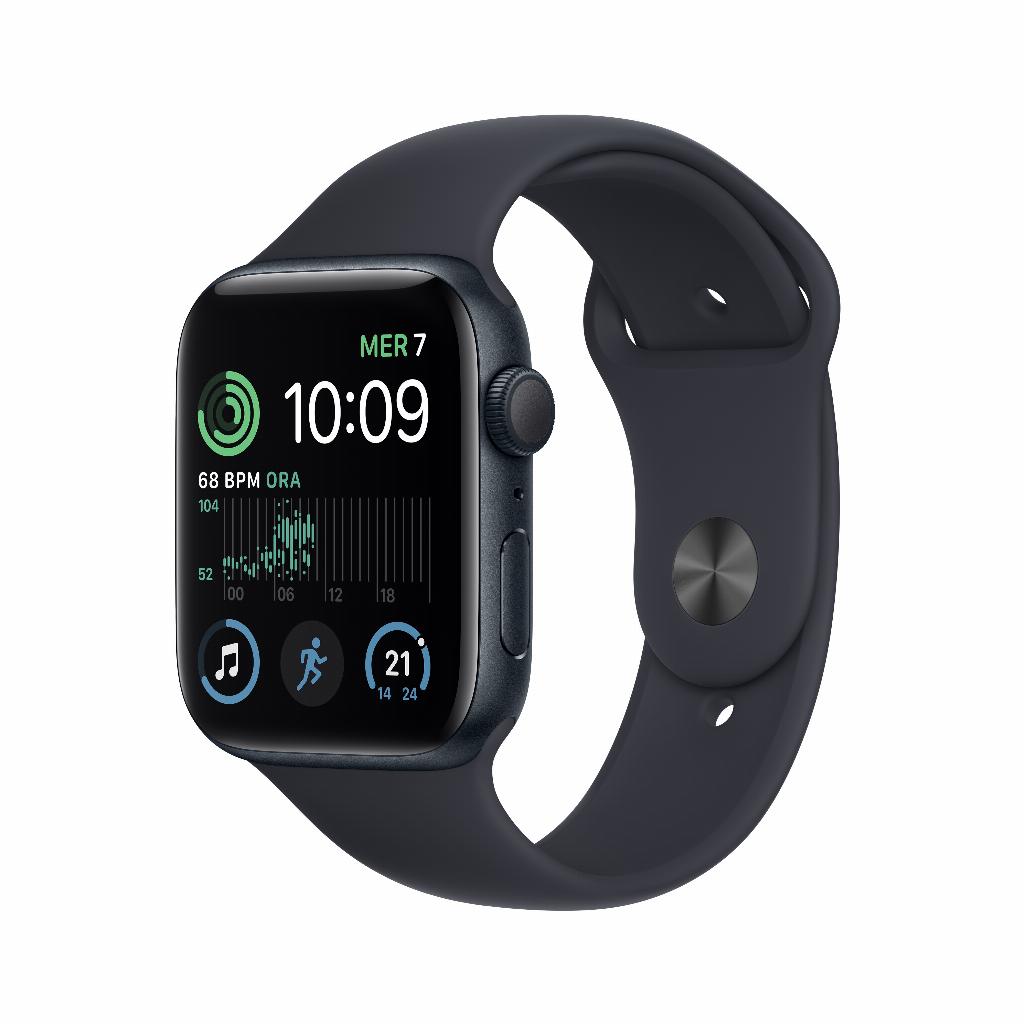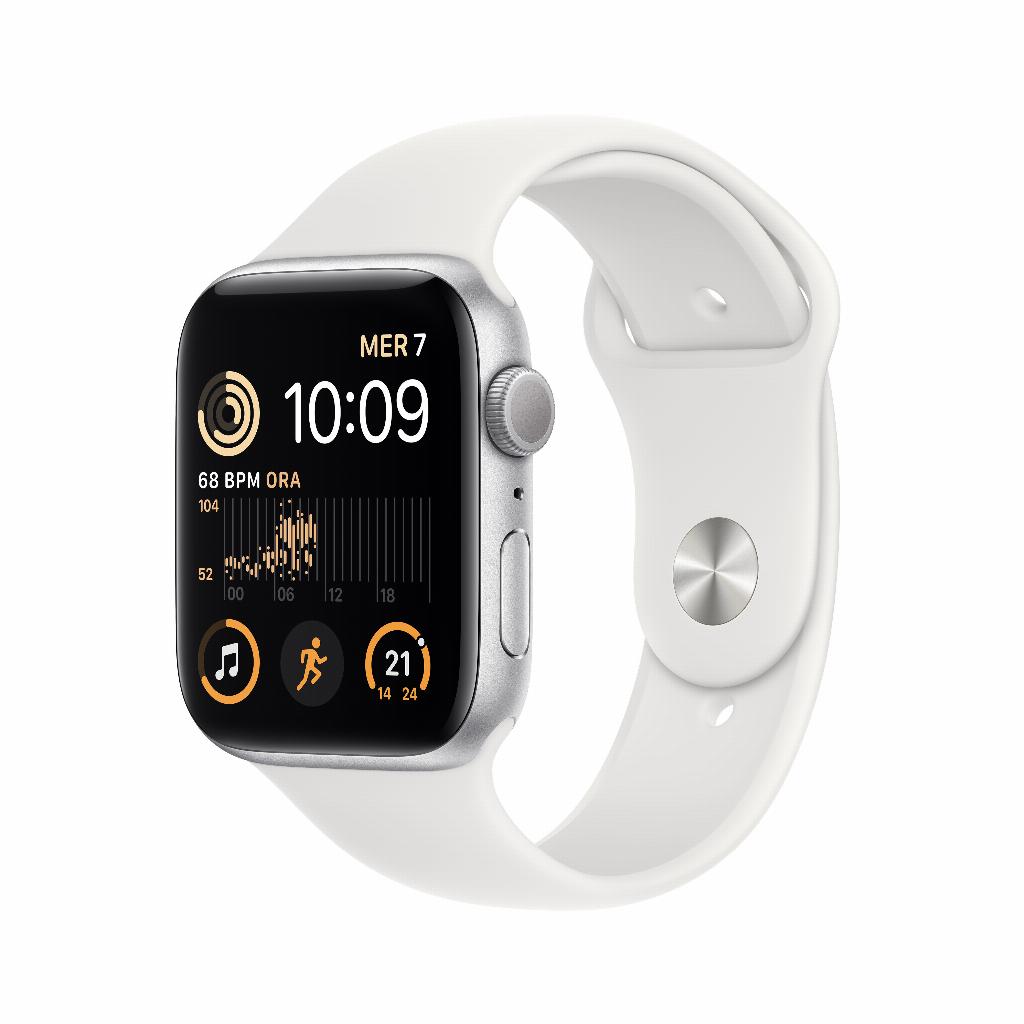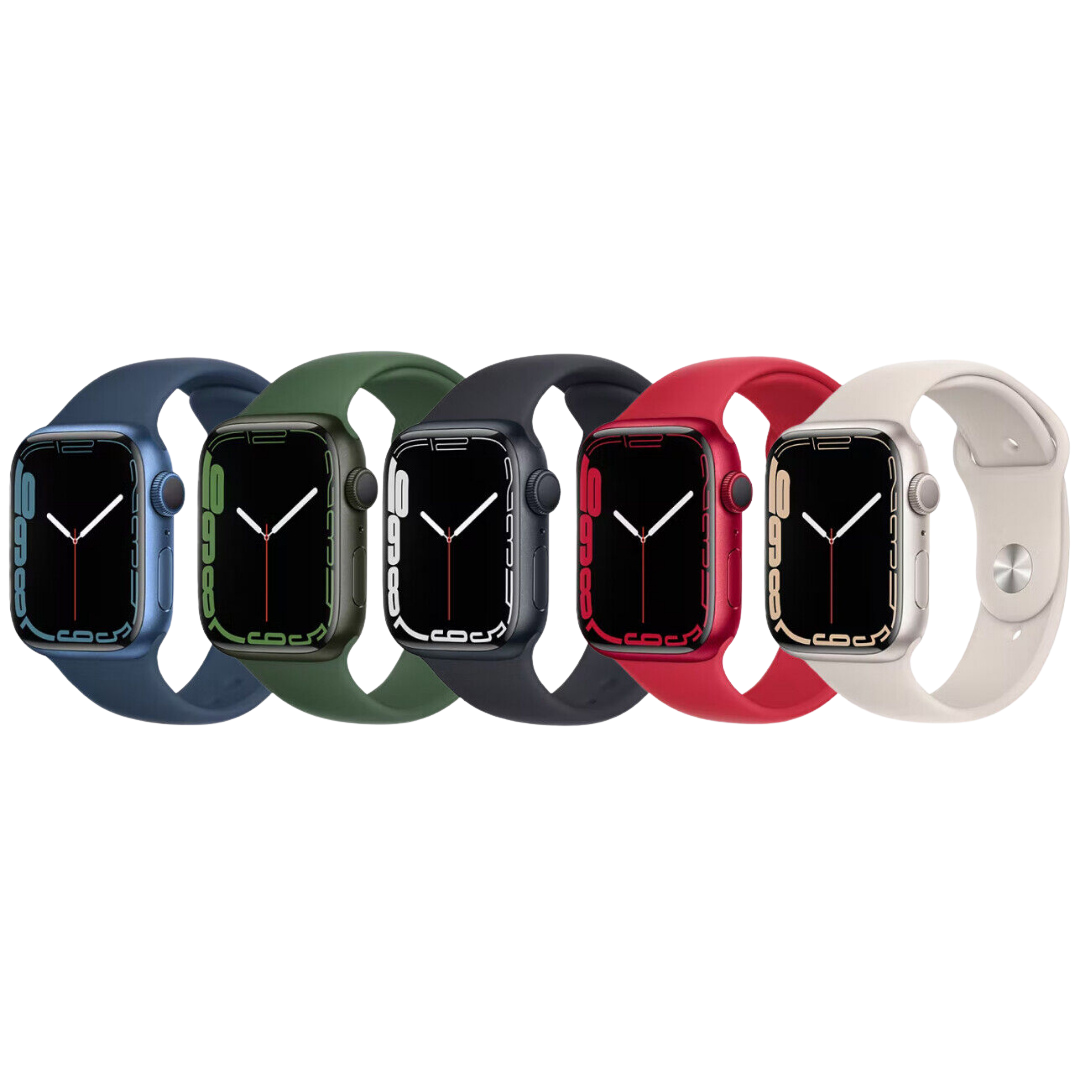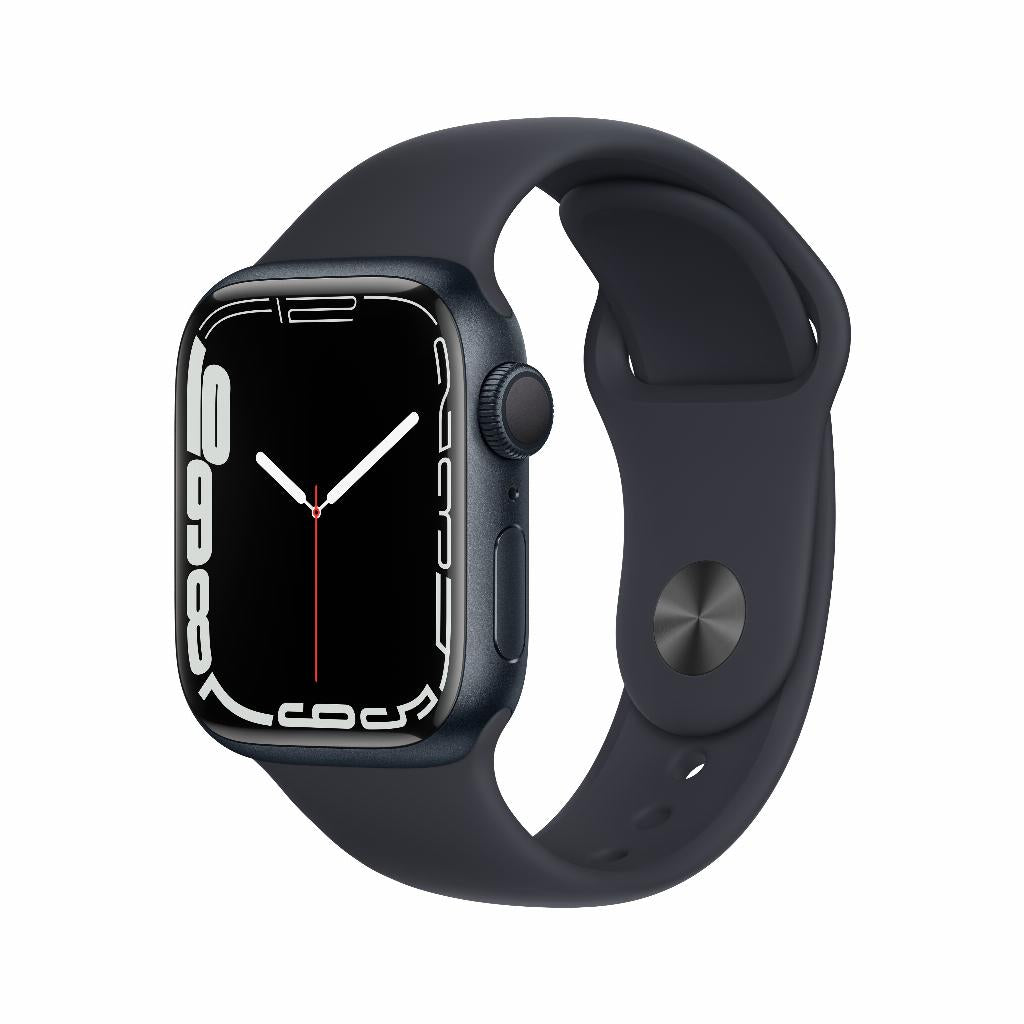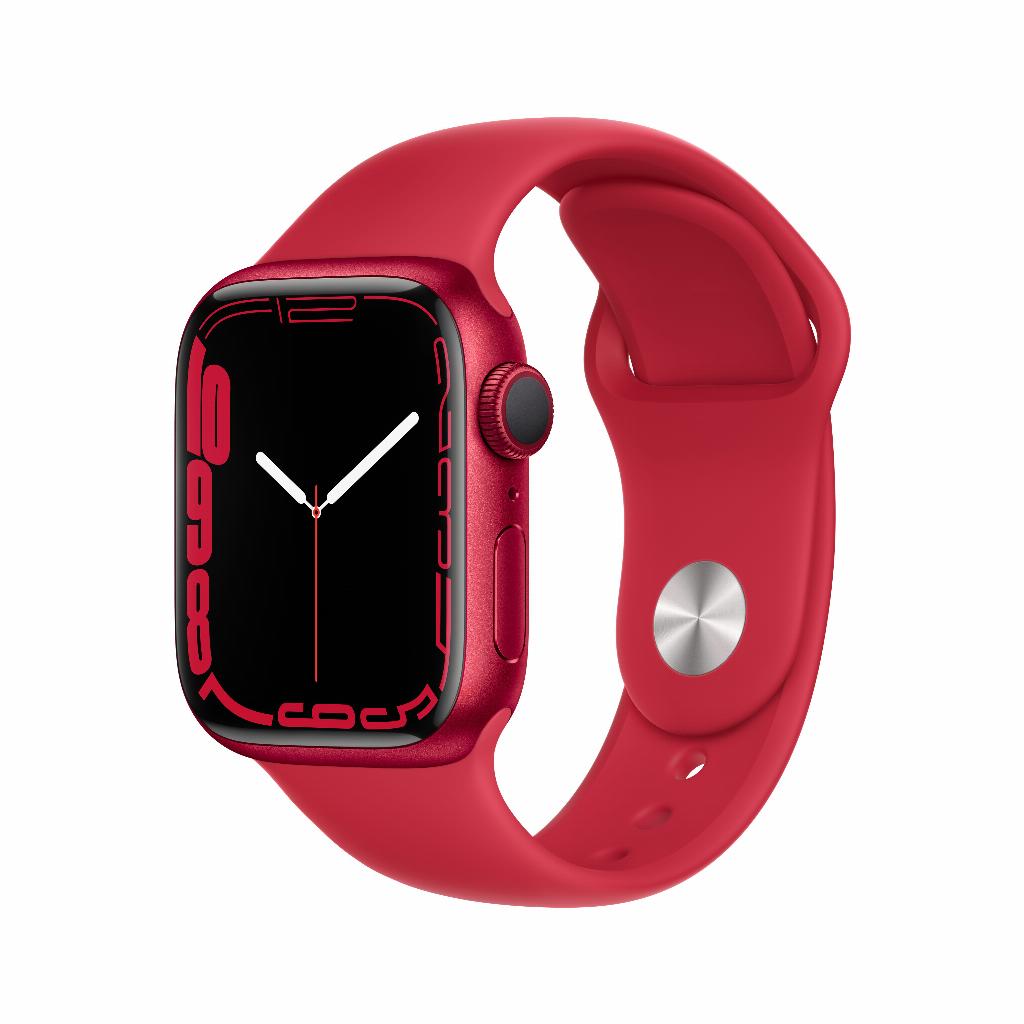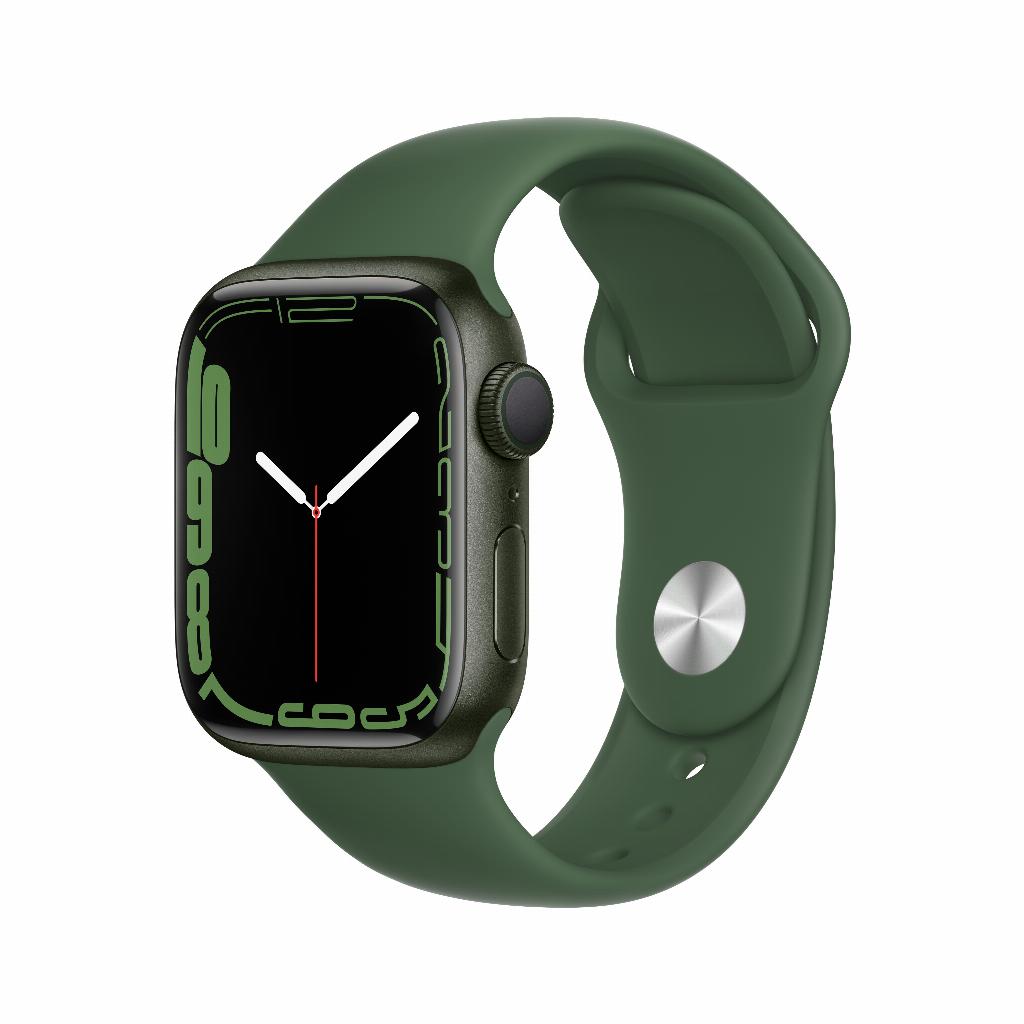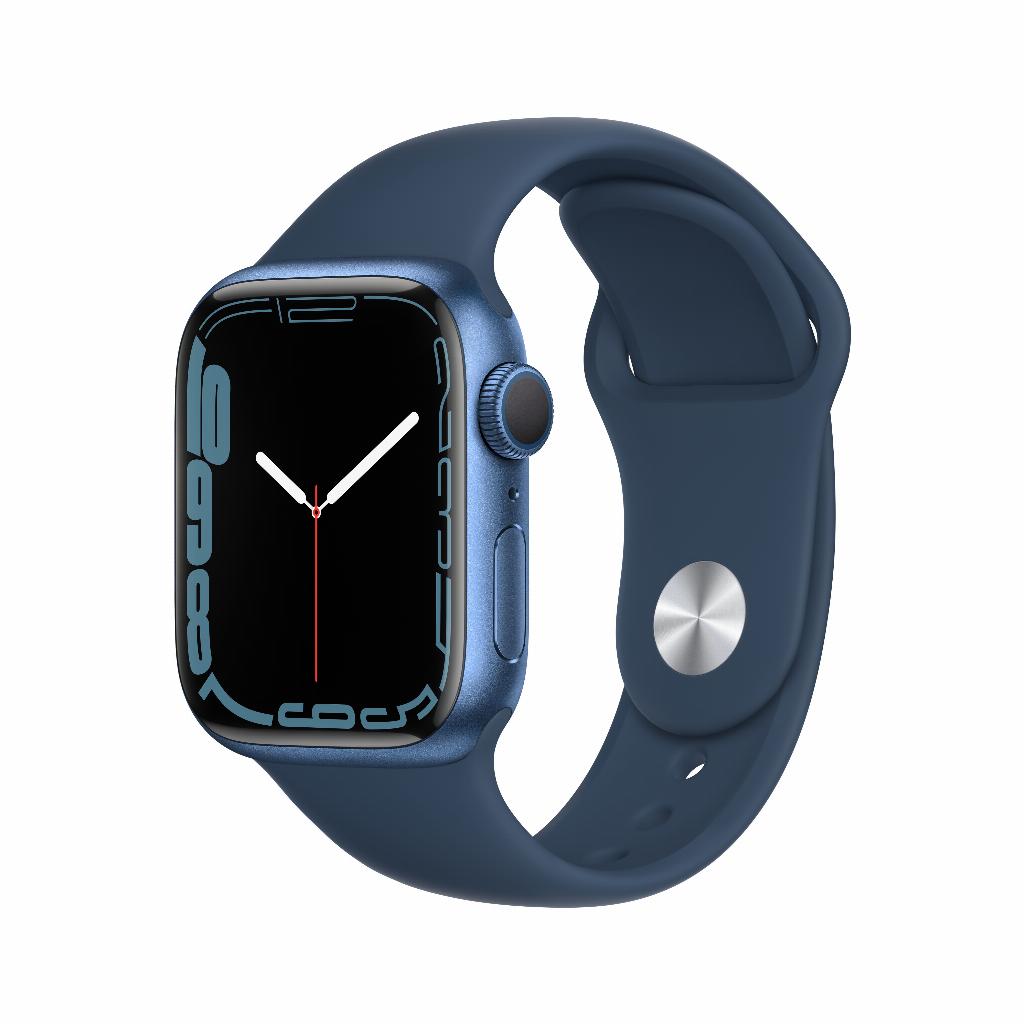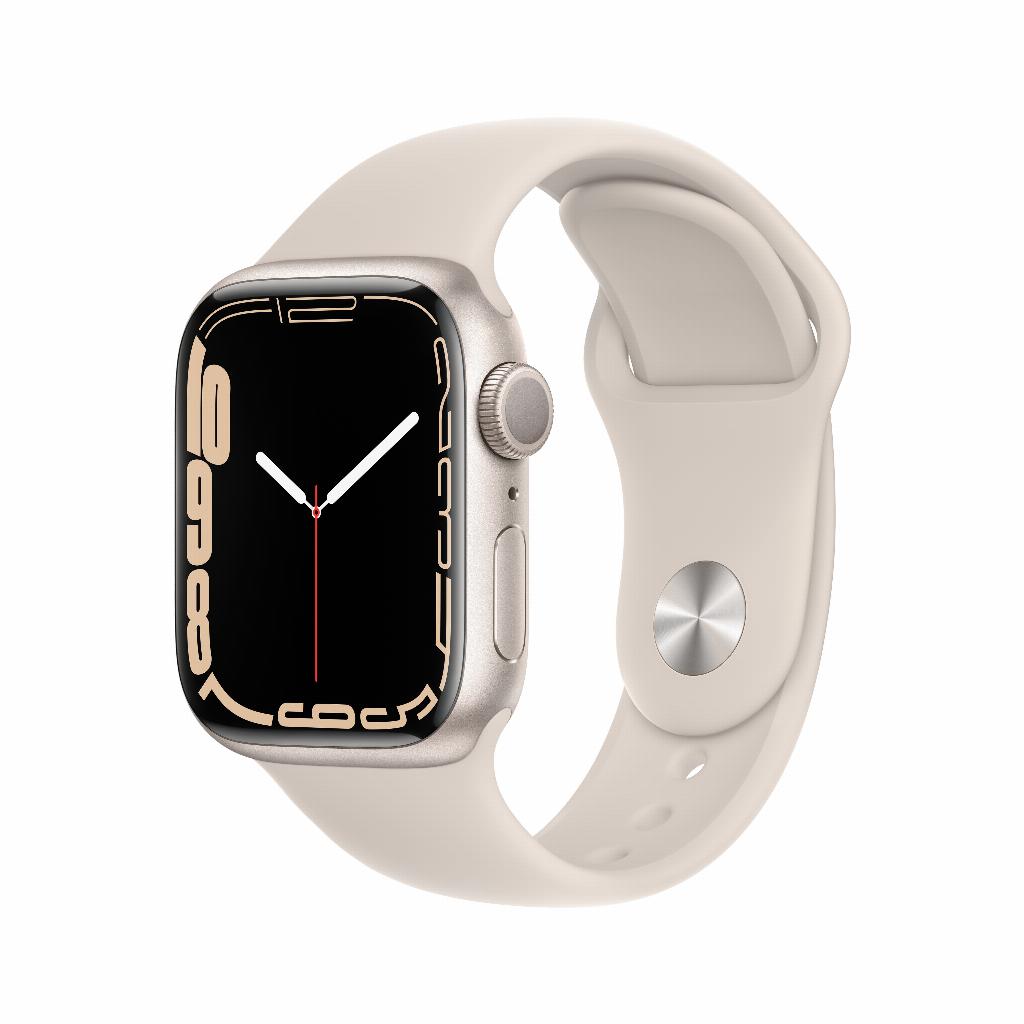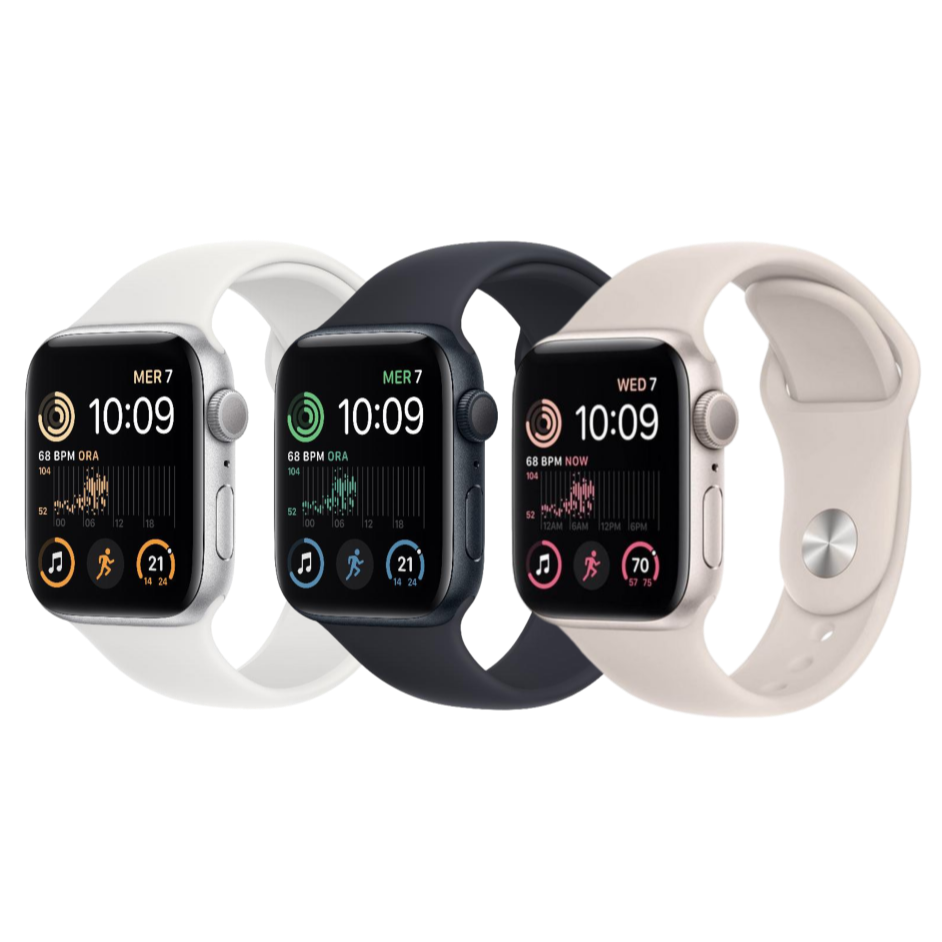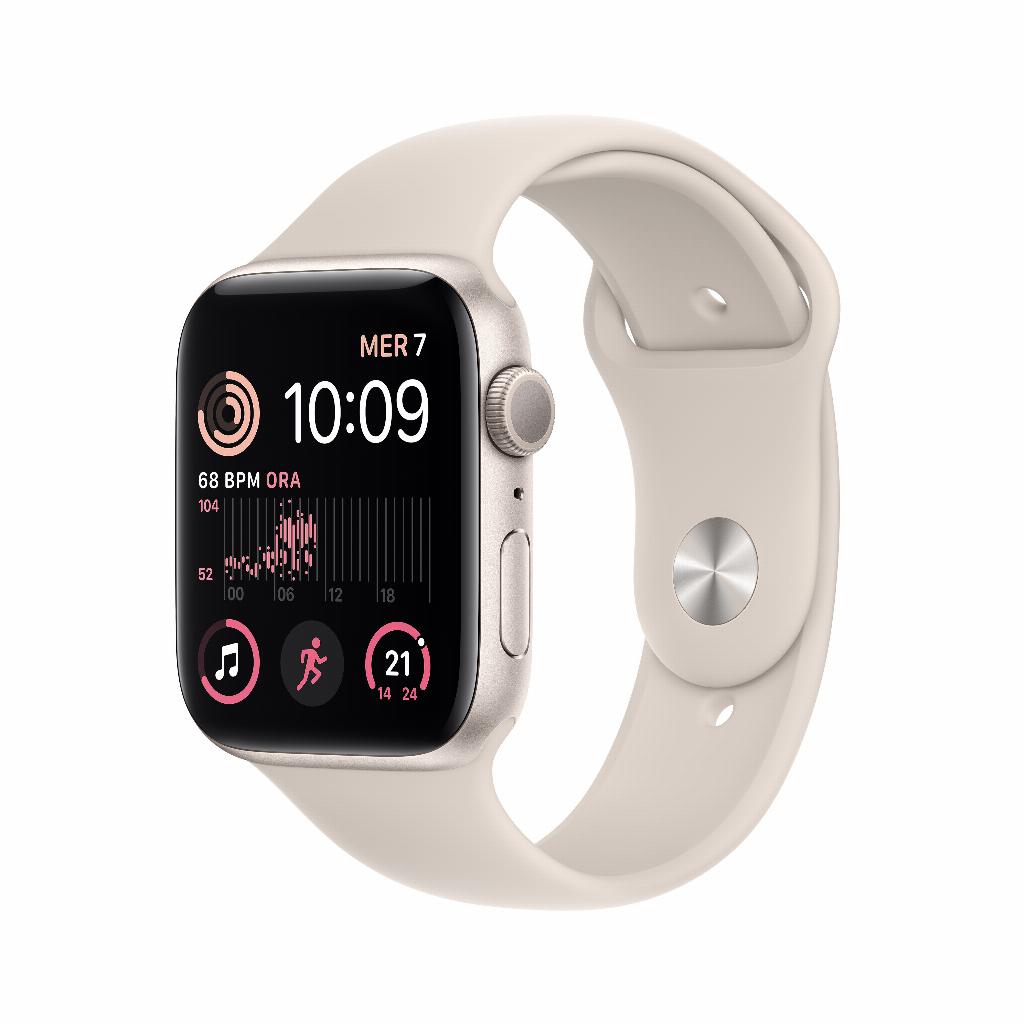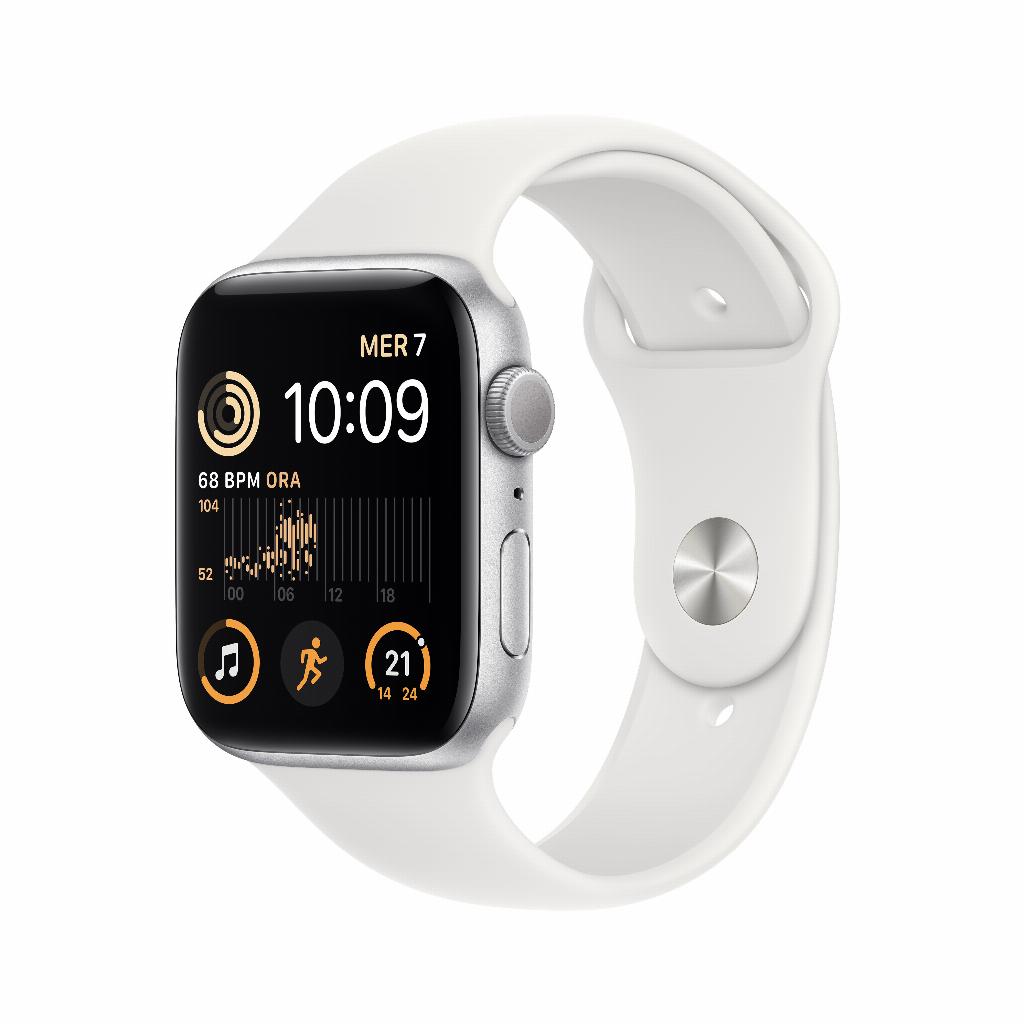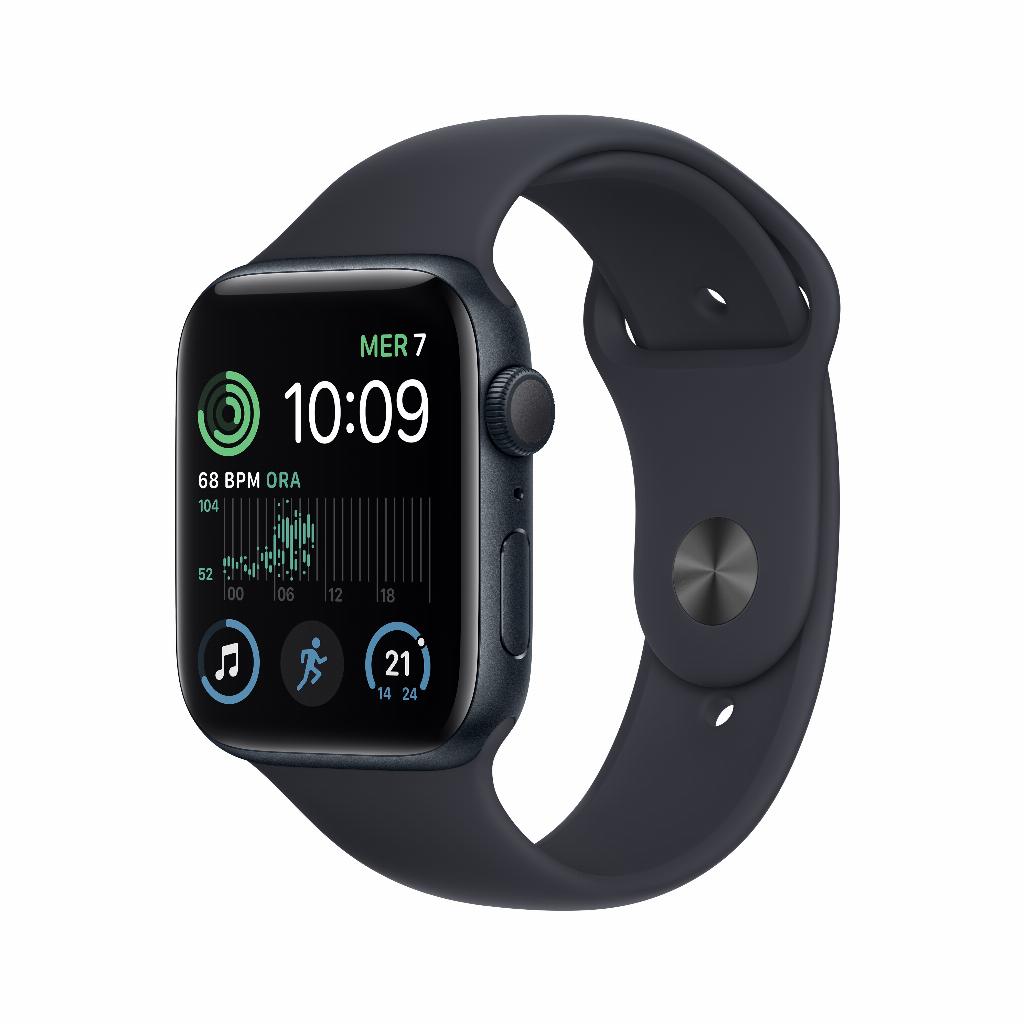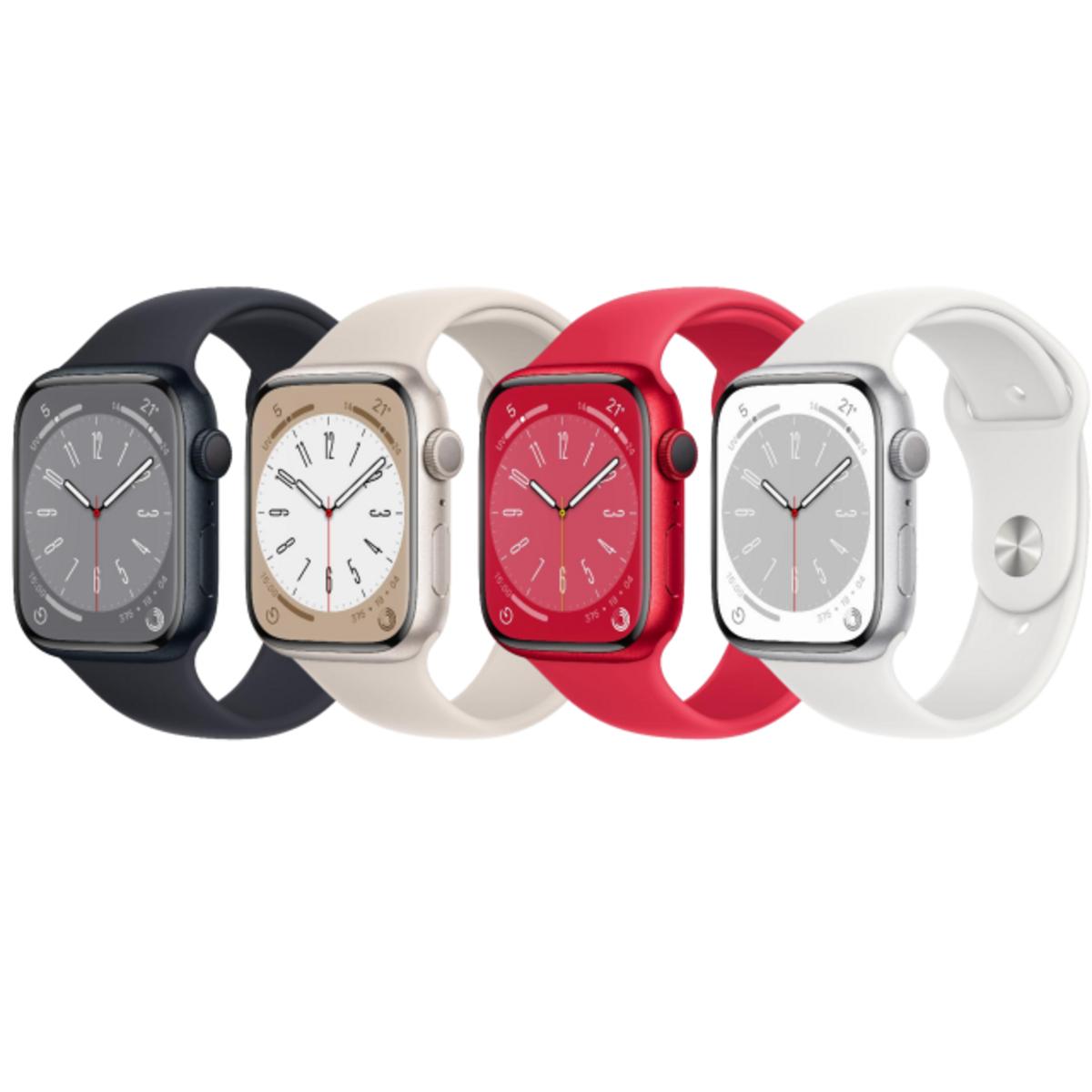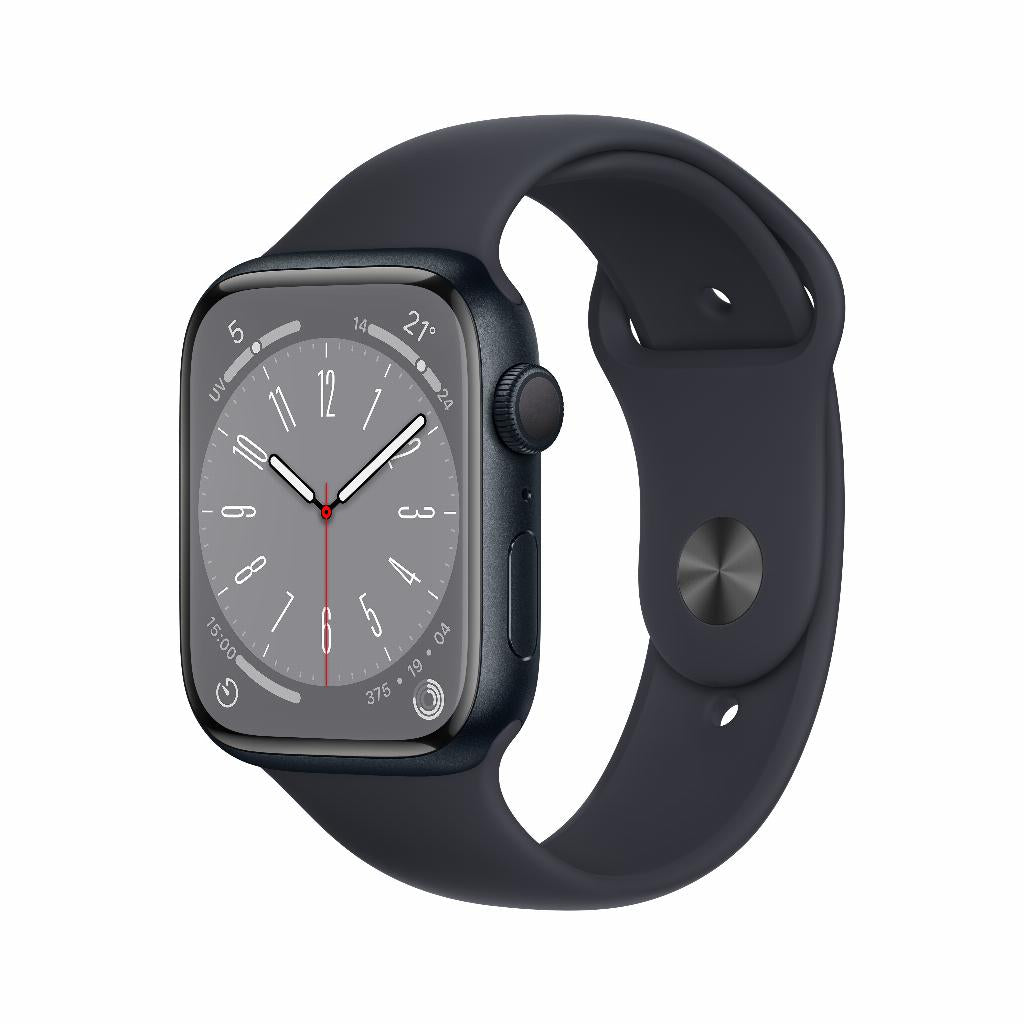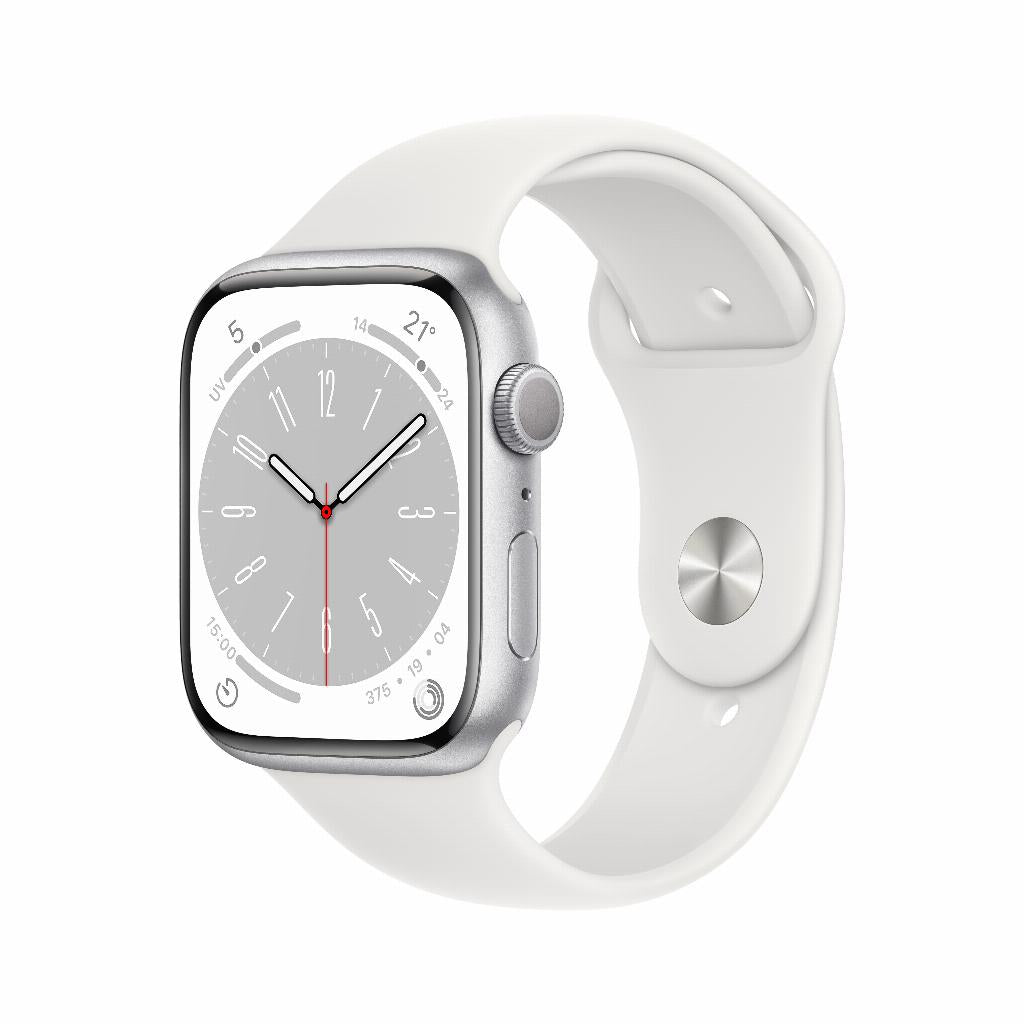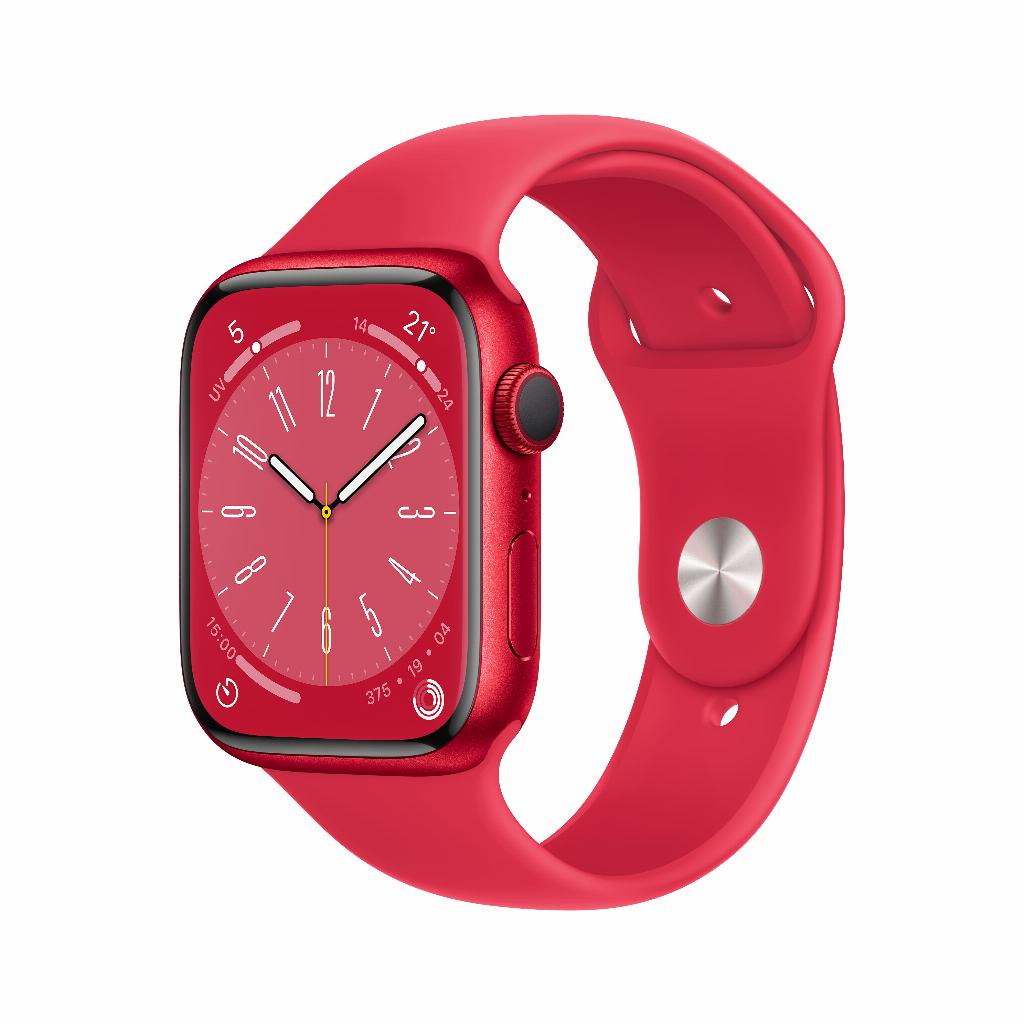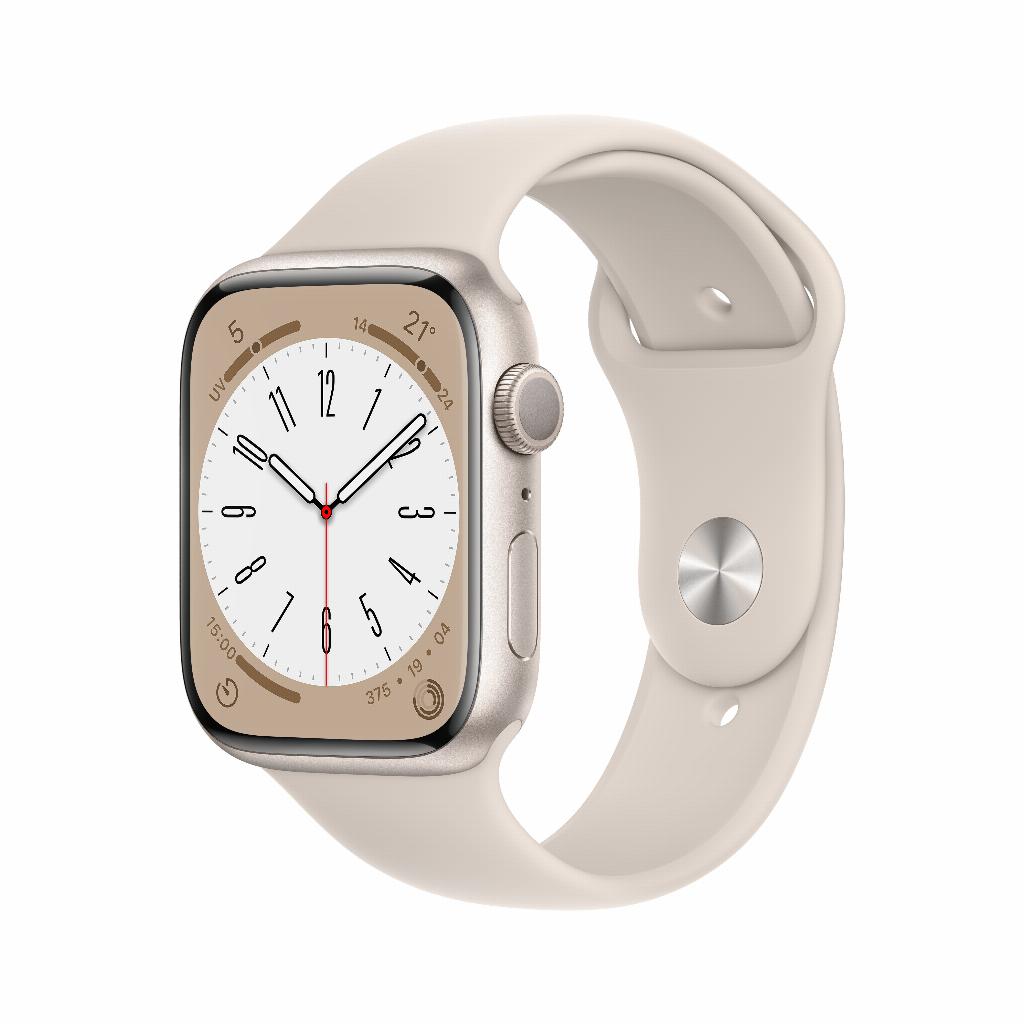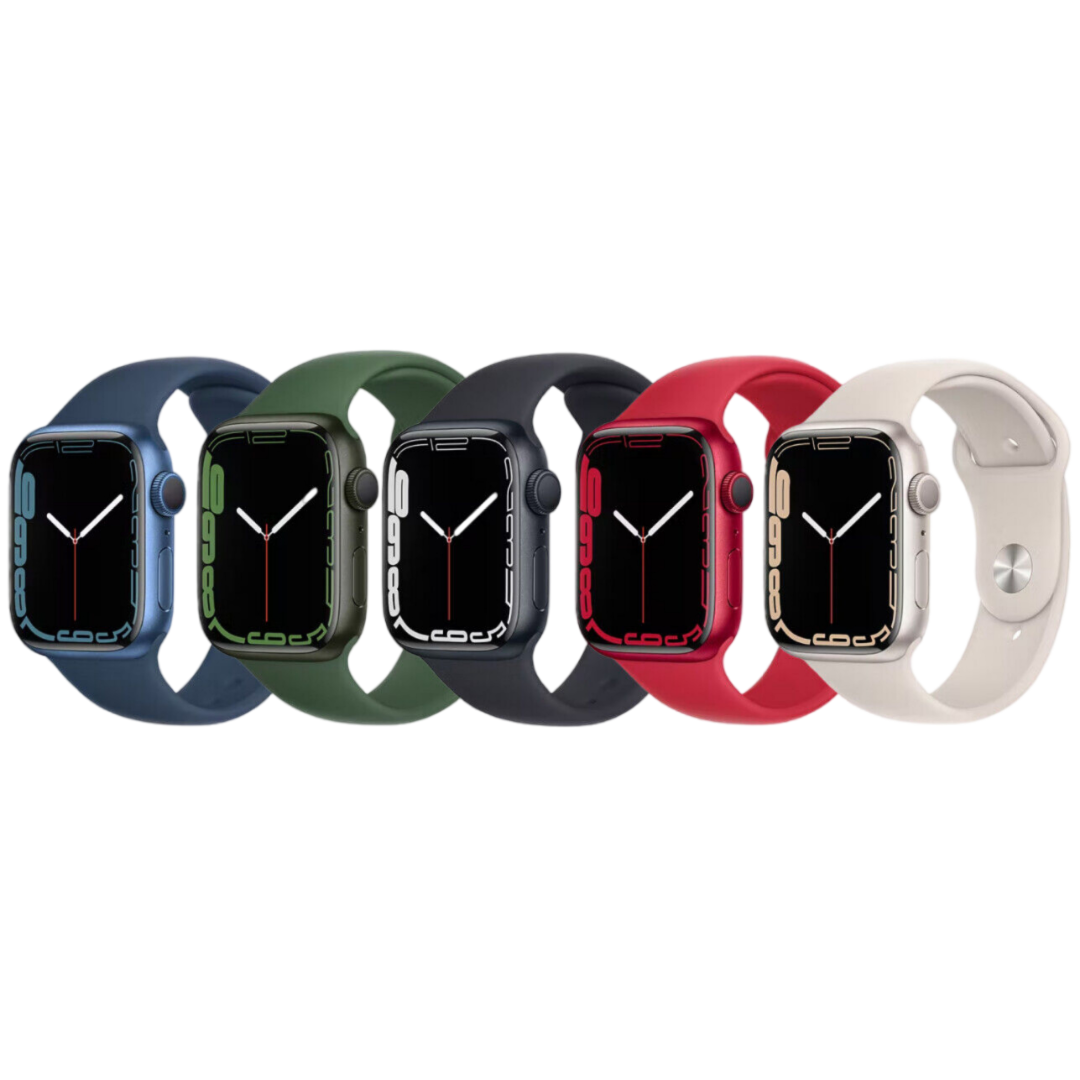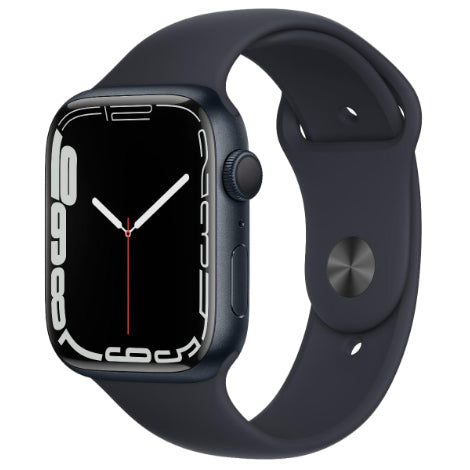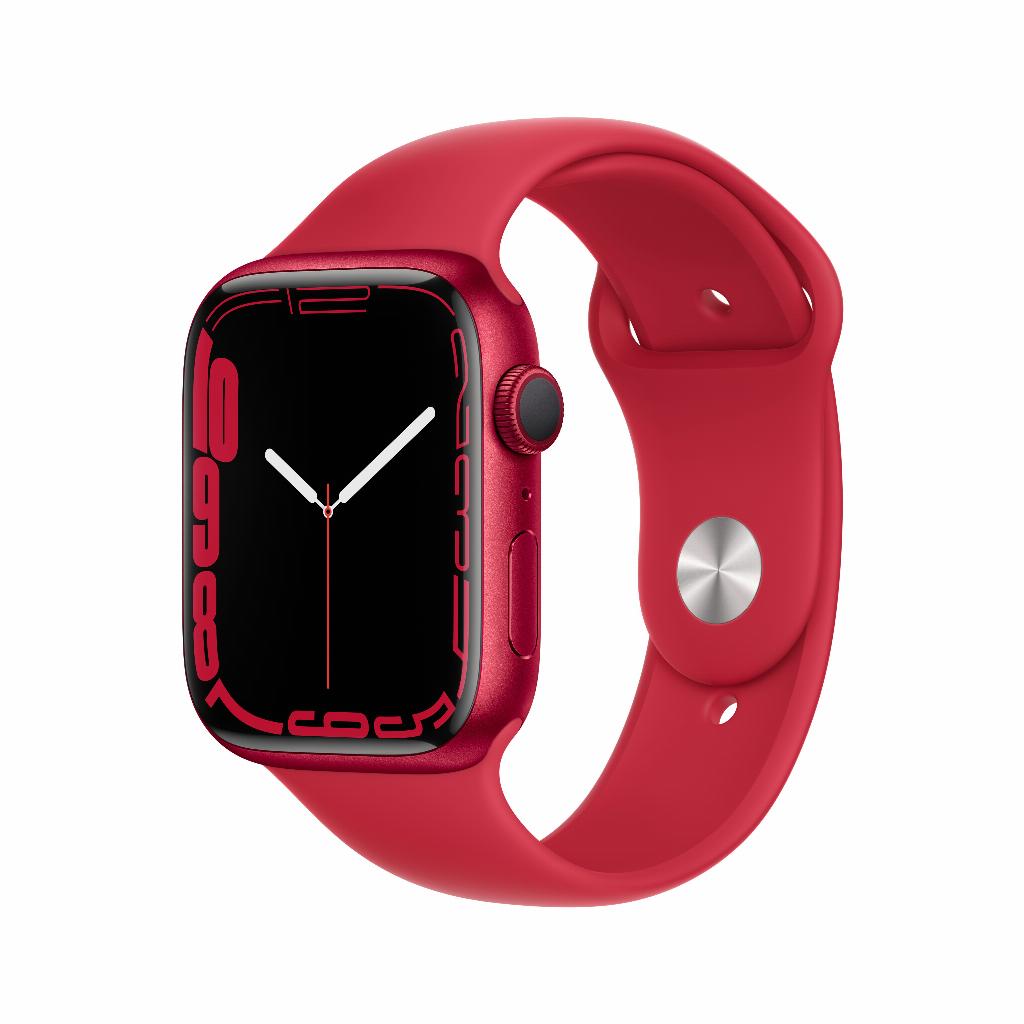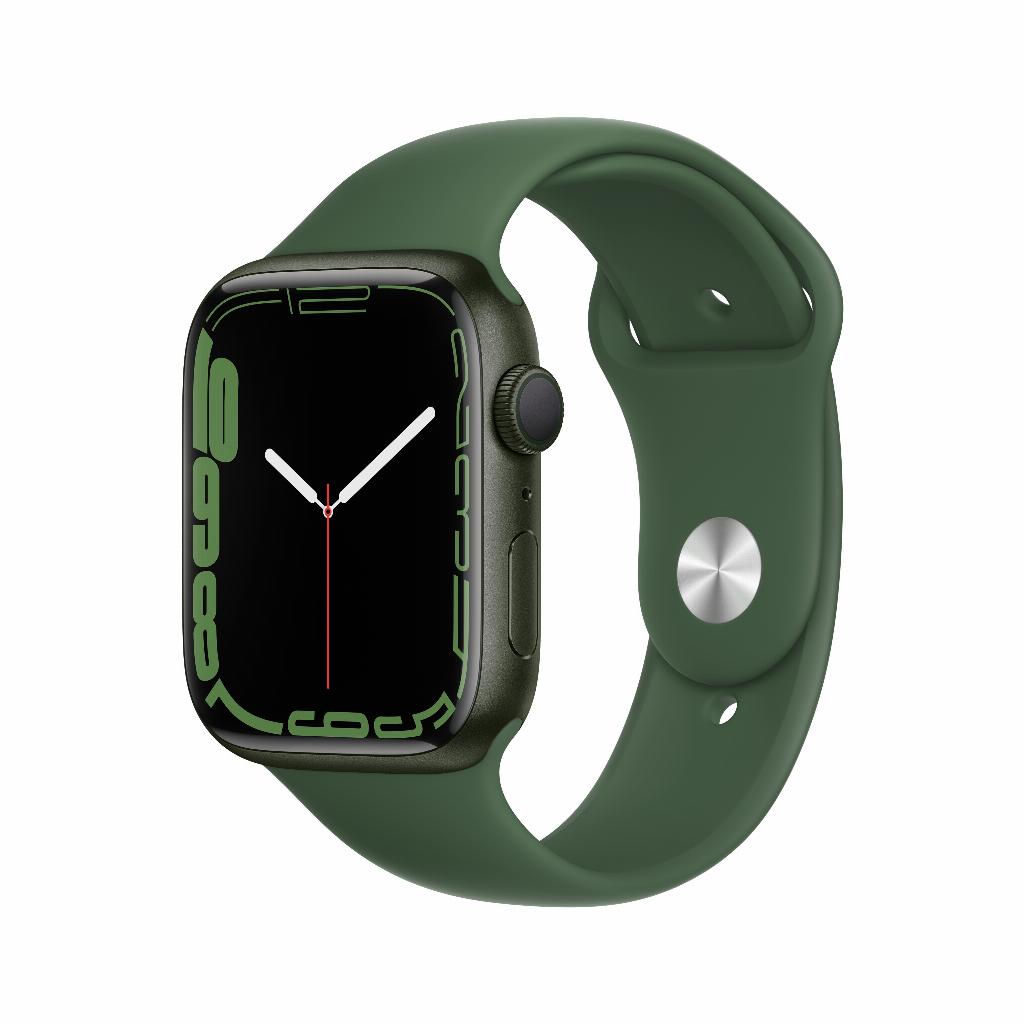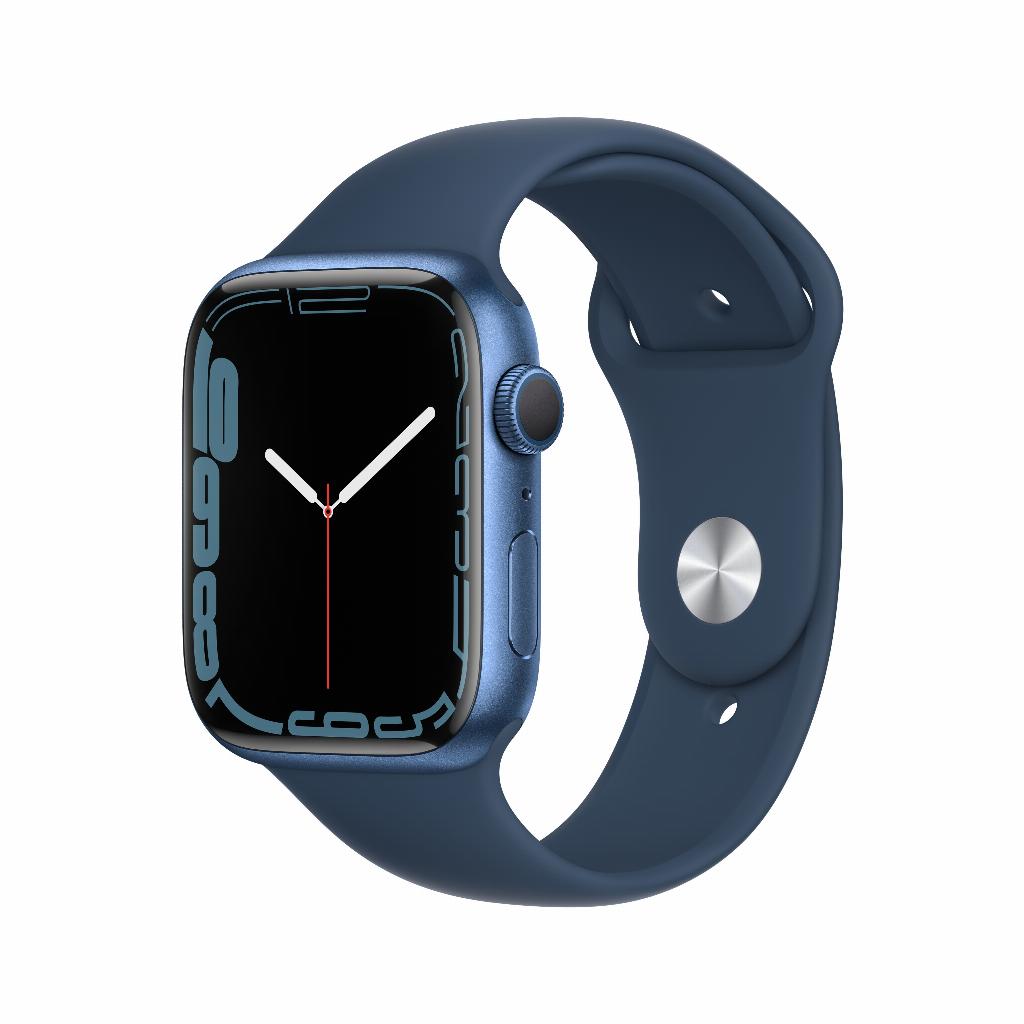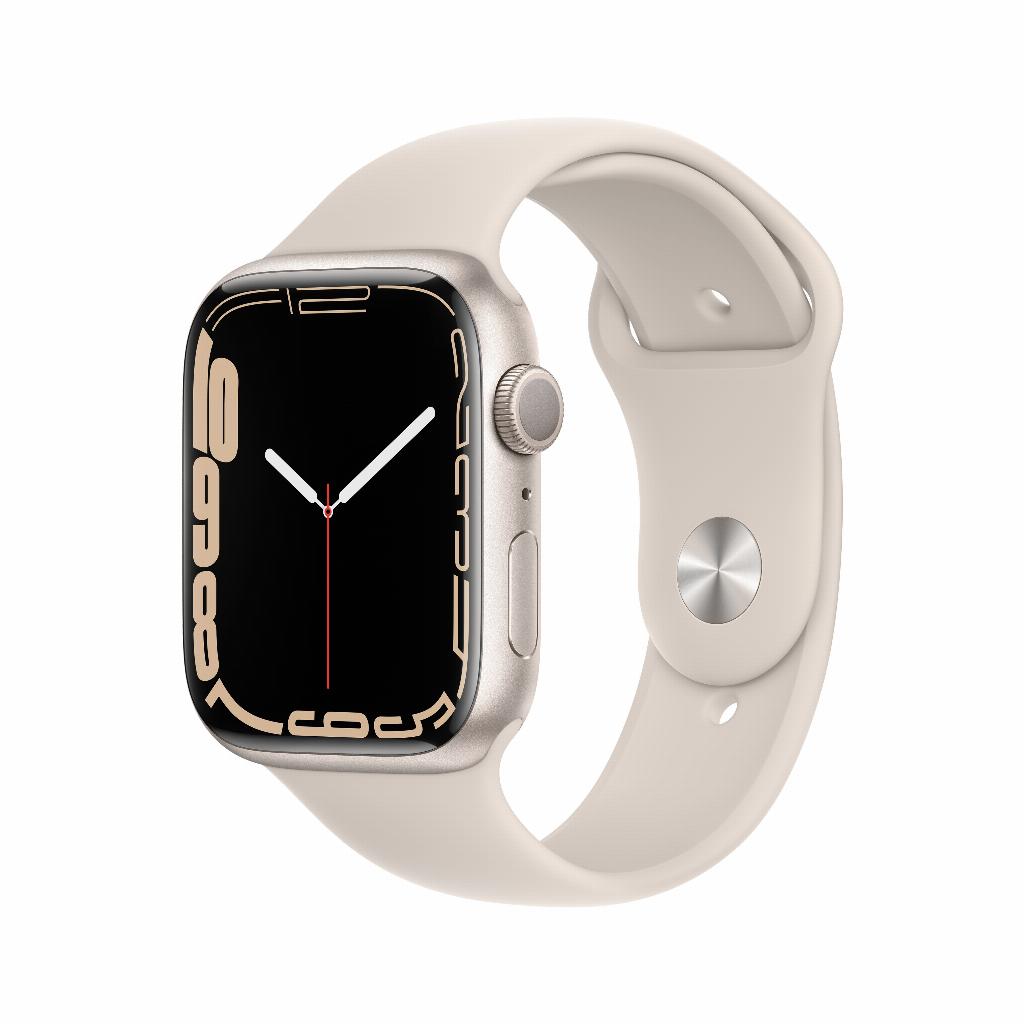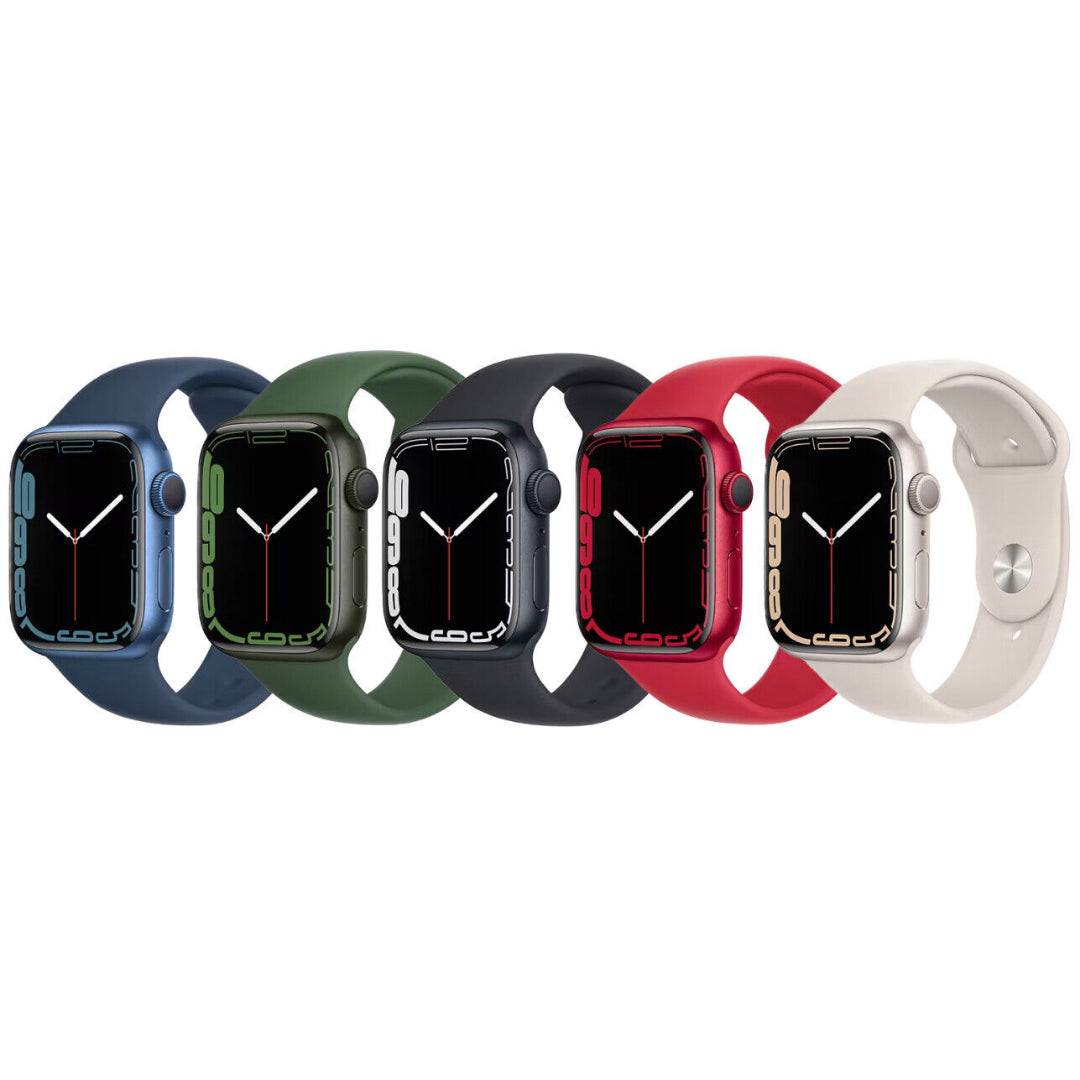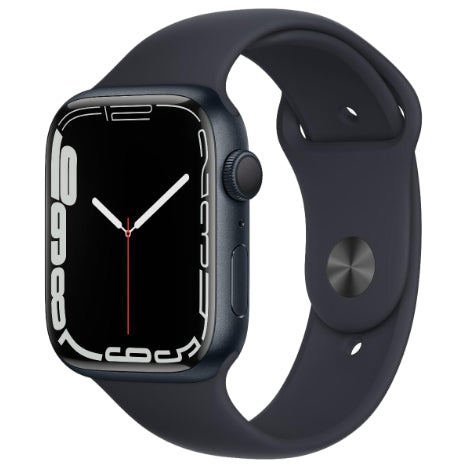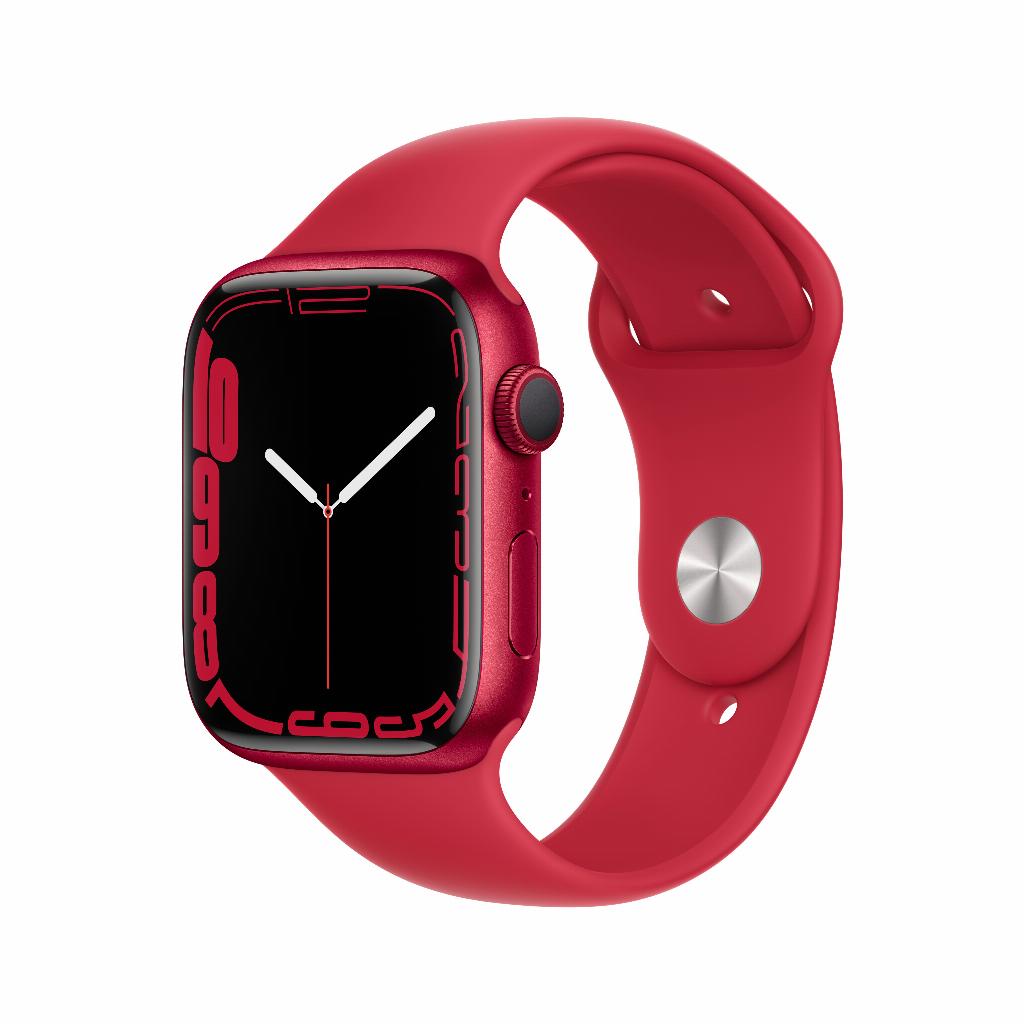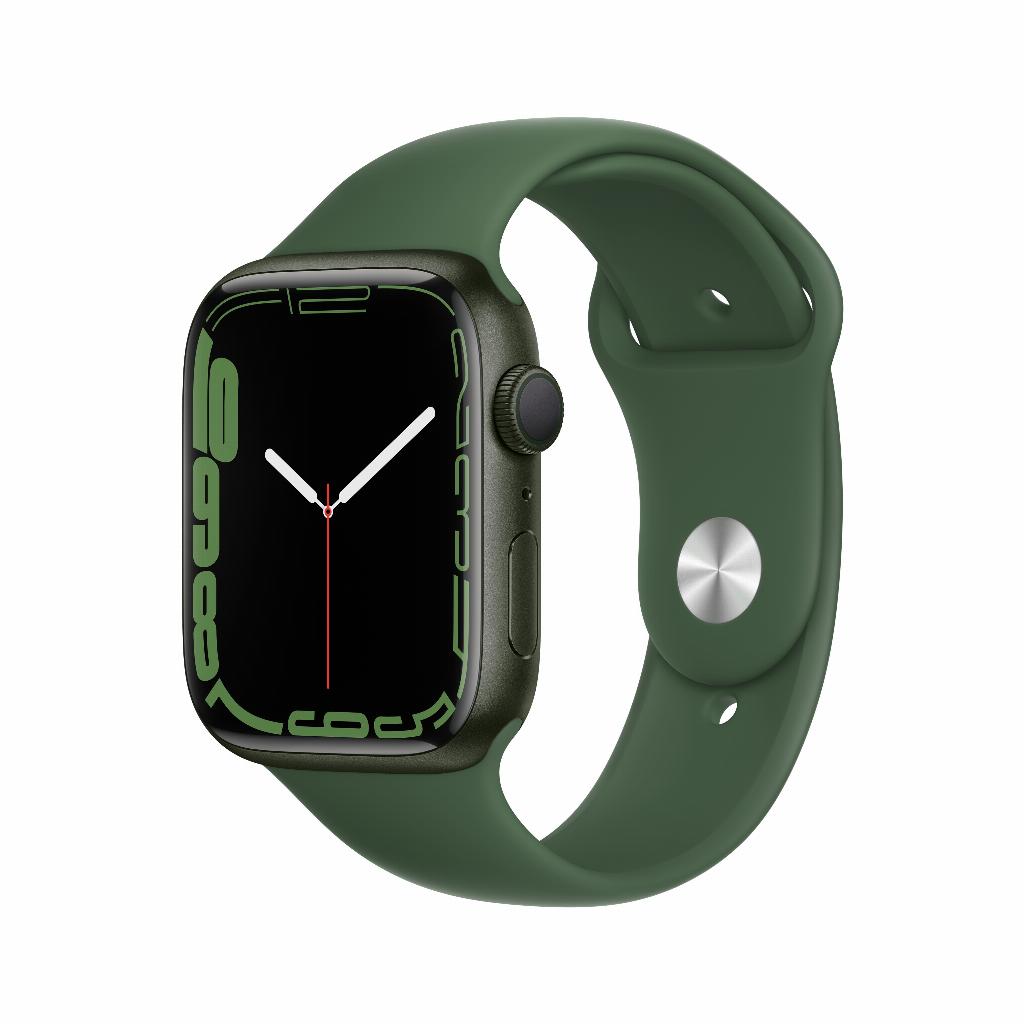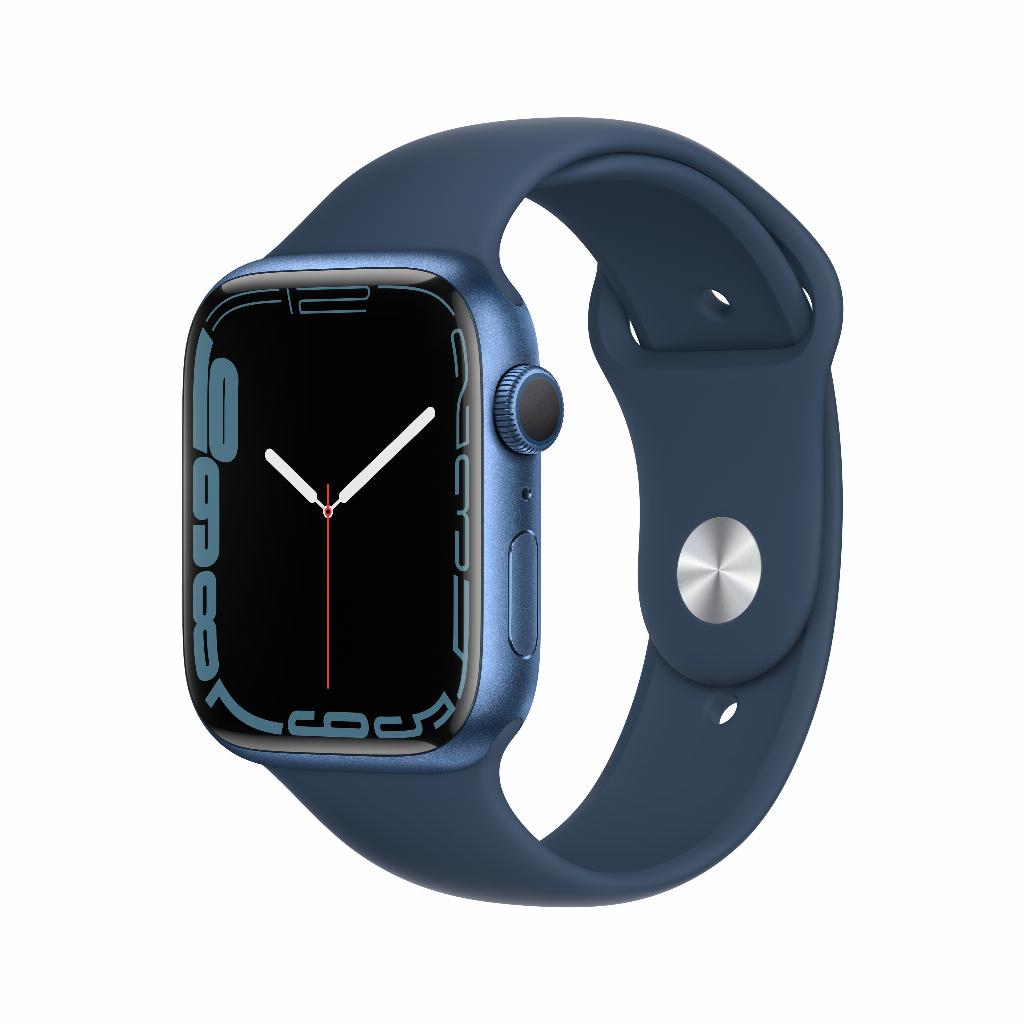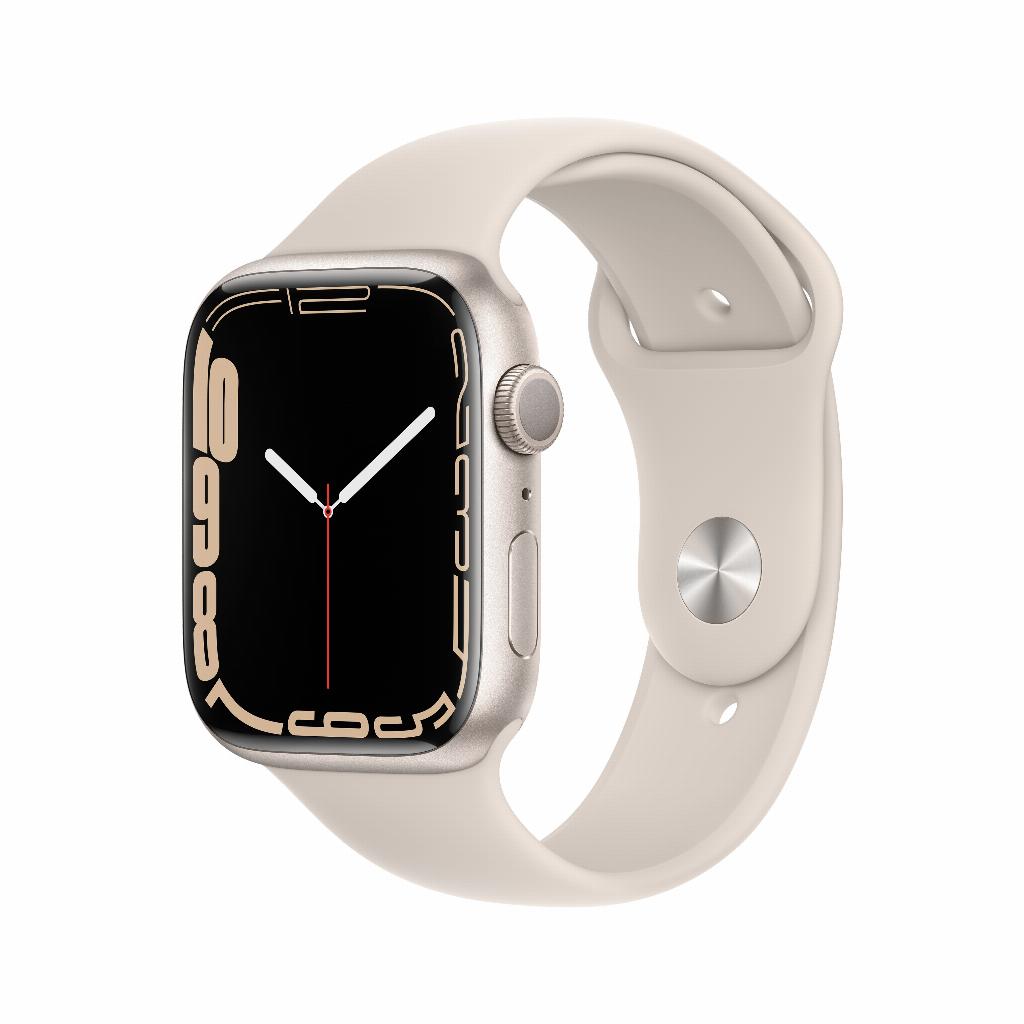Why heart rate monitoring is more than a gadget
Measuring your heart rate with a smartwatch. It sounds unnecessary. You feel great, why would you constantly want to know how fast your heart is beating? Besides, those Apple Watches are expensive. And all that data – what are you supposed to do with it?
Yet, people who think this way are missing something crucial. It's precisely your unconscious heartbeat pattern that tells the true story about your health. Not that one reading at the doctor's office, but the thousands of readings you take during sleep, stress at work, or that walk with your dog. Patterns you'd never notice yourself, but that make the difference between early intervention and being too late.
And no, you don't have to buy a new one—refurbished works just as well. In fact, with the right accessories, you'll get more out of your heart rate monitor than you think. Even your AirPods can join in this health orchestra.
Useful links
- View refurbished Apple Watch models
- Discover AirPods for the complete experience
- Find matching accessories
The technology behind heart rate measurement
The Apple Watch's heart rate sensor uses photoplethysmography. It sounds complicated, but the principle is simple. Green LEDs shine through your skin. Blood absorbs green light. When your heart pumps, more blood flows through your wrist. The sensor measures these changes and calculates your heart rate.
This technology measures up to 200 times per second during exercise. At rest, the watch does this every few minutes. The difference? During exercise, the frequent measurements compensate for motion artifacts. This maintains high accuracy, even during intense exercise.
What exactly does the sensor measure?
The basic measurement is your heart rate in beats per minute. But the device collects more data:
- Resting heart rate: measured when you are sitting still or sleeping
- Heart rate variability: the time between heartbeats
- Recovery rate: how quickly your heart rate drops after exercise
- Irregularities: abnormal rhythms or patterns
- VO2 max: estimation of your fitness level
These measurements together provide a complete picture of your cardiovascular health. The watch even alerts you to suspicious patterns such as atrial fibrillation.
Practical applications in daily life
Stress management
Your heart rate increases during stress, often without you noticing. The sensor registers these subtle changes. By recognizing patterns, you learn to identify moments of stress. For example: every Monday morning your heart rate spikes during a work meeting. With this knowledge, you can do targeted relaxation exercises.
Monitor sleep quality
Your heart rate normally drops during sleep. The device measures this drop and its variations. A consistently low nighttime heart rate indicates good recovery. If it remains high, you may be sleeping restlessly or suffering from sleep apnea.
Training optimization
For athletes, heart rate zone training offers significant benefits. The watch categorizes your effort into five zones:
- Zone 1 (50-60% max): warm-up and recovery
- Zone 2 (60-70% max): fat burning
- Zone 3 (70-80% max): aerobic condition
- Zone 4 (80-90% max): anaerobic threshold
- Zone 5 (90-100% max): maximum effort
By training in specific zones, you can improve your fitness in a targeted manner without overtraining.
Comparison with other measurement methods
A chest strap measures the heart's electrical signals. This is more accurate, especially with varying intensity. But who wants a strap constantly around their chest? The wrist-based watch's measurement is more practical for everyday use. The deviation is usually less than 5% during normal activities.
Fingerclip oximeters also measure using light, but only on demand. The advantage of continuous pulse monitoring is the constant data collection. Trends become visible that would otherwise be missed.
Tips for more accurate measurements
The watch's position largely determines its accuracy. Wear the device two fingers above your wrist bone. Too loose? The sensor won't connect. Too tight? It disrupts blood flow.
Wrist tattoos can pose problems. Dark ink blocks the green light. Solution: wear the watch on your other wrist or higher up on your forearm.
Cold hands negatively affect the measurement. Blood vessels constrict at low temperatures. Warm your hands before important measurements.
Maintenance for optimal operation
Keep the sensor clean. Sweat, sunscreen, and dirt interfere with light measurement. Wipe the back of the sensor weekly with a damp cloth. Do not use soap directly on the sensor.
Calibrate the device regularly. Walk or run outside for 20 minutes with GPS enabled. This will improve the accuracy of future measurements, especially during indoor activities.
When to seek medical advice?
The heart rate monitor is not a medical device. However, certain warnings may be relevant for your doctor:
- Irregular heartbeat notifications
- Consistently high resting heart rate (above 100)
- Consistently low heart rate (below 40, unless you are an elite athlete)
- Large fluctuations without an obvious cause
Take screenshots of any suspicious patterns to your doctor. This data will help with a diagnosis.
Refurbished as a smart choice
A refurbished model offers the same heart rate features as a new one. The sensors are tested and replaced if necessary. The difference? You pay 30-50% less. For heart rate monitoring, the generation number doesn't matter much. Even a Series 4 still measures perfectly.
Please pay attention to the battery condition. A weak battery means more frequent charging, which is annoying during continuous monitoring. Ask about the battery status before purchasing.
The complete picture of your health
The Apple Watch's heart rate monitor isn't about that single measurement, but about the complete picture . Thousands of data points that together reveal patterns around stress, sleep, and fitness. Information that helps you make more conscious choices, without needing a medical history.
A refurbished model offers the same insights for a fraction of the price. No revolutionary technology, just a practical tool that provides insight into your health. And that's precisely what it's all about: awareness without exaggeration .


